Category: Research
Research Paper #2 Comics
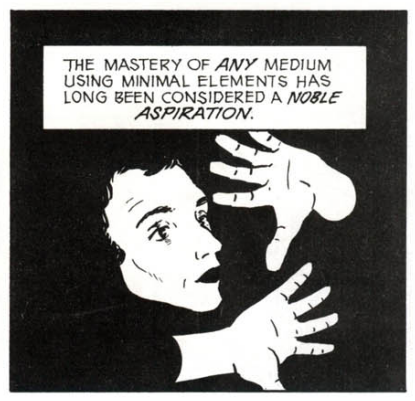
II like watching anime very much, so I don’t read the comics less, but as for the cartoon, I think he is more like a kind of artwork, and the form he expresses can resonate with the audience.
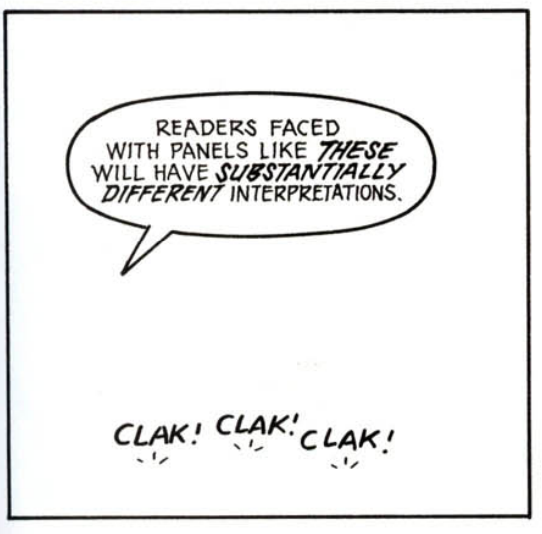
And comics and cartoons are all the author’s ideas drawn on paper, but some things do not need to be drawn, but they can be reminiscent. I think this kind of artistic expression is very unique.
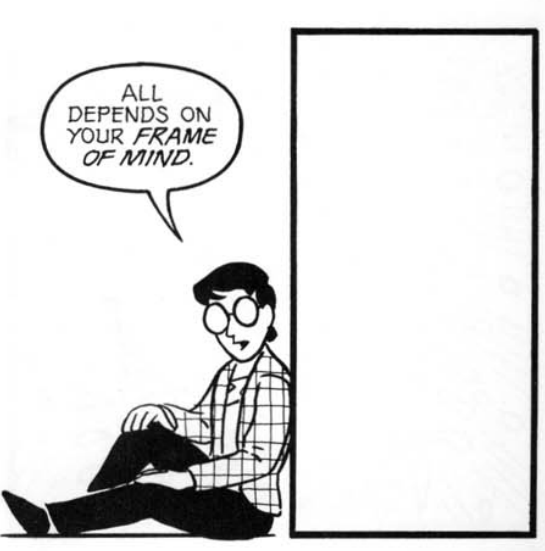
Besides, who doesn’t have a world constructed by himself, I know it sounds a bit stupid, but it is precisely because of these “worlds constructed by myself” that there will be current animations and cartoons.
Research Paper #1
The only way to properly represent this webwork is to allow the
The Art of Computer Game Design by Chris Crawford, 1997.
audience to explore its nooks and crannies to let them generate causes and observe effects. Thus, the highest
and most complete form of representation is interactive representation. Games provide this interactive
element, and it is a crucial factor in their appeal.
I think it is because the game has a “objective” that people like to play the game, and the process and results of the game are what people are willing to enjoy, so many people like to play the game
Games also attempt to represent reality. the player of a game is encouraged to explore alternatives,
The Art of Computer Game Design by Chris Crawford, 1997.
contrapositives, and inversions. The game player is free to explore the causal relationship from many
different angles.
Because the game has many options, each player can make different choices, giving players a very high degree of freedom to enjoy the game
it is possible to
The Art of Computer Game Design by Chris Crawford, 1997.
include cooperative elements by shifting the conflict.
People can also learn to cooperate in the game, from which they know how important a team’s coagulation is
Research Paper #2 Comics
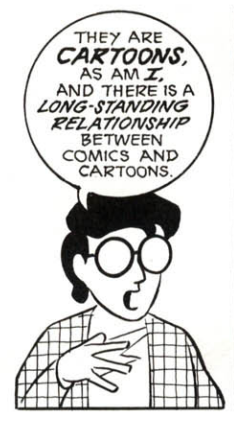
Although comics and cartoons are different in which comic uses juxtaposed panel and textual devices to convey a message or tell a story while also giving distinction to the art style that is used and cartoons are more of illustrations that are later put into media they both serve a similar purpose. To tell a story that can resonate with the audience and create different art forms to consistently revolutionize its artistry and storytelling.
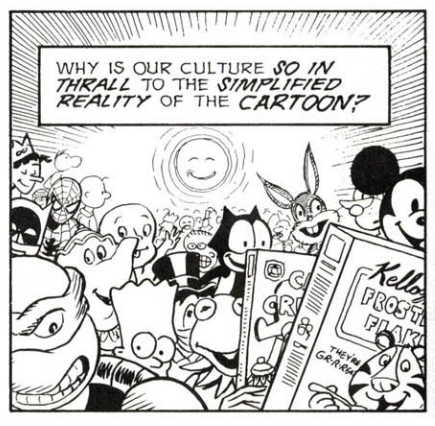
Personally, I feel we all connect and fully immerse ourselves in cartoons because of how easily it helps us escape reality and allows our imagination to wander and grow. It delivers messages to use in a way we can easily understand without it being too much to consume. It also brings out our inner child that never leaves us even after we enter adulthood. I know my favorite cartoon characters are Spongebob, Ariel from the Little Mermaid, and Bugs Bunny. Comedic because of Spongebob, whimsical because of Ariel, and a little aggressive because of Bugs Bunny.
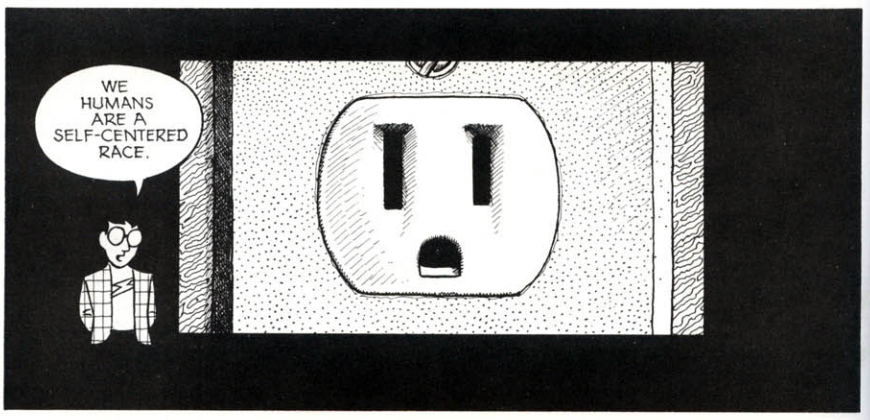
This you cannot argue with. Humans will place themselves in every scenario. I am honestly not sure why. Some situations I hope to never experience and so I do not imagine myself involved but every game we play, every movie we watch, whatever we see on the news the statement I hear and I some times reiterate is “that couldn’t be me” meaning you already placed yourself in that situation and mapped out all the pros and cons and came to the conclusion “not me”. There’s a whole psychological science behind it explaining why our brains are wired this way but I’ll let you google that information.
Research Paper #1
But the most fascinating thing about reality is not that it is, or even that it changes, but how it changes, the intricate webwork of cause and effect by which all things are tied together.”
The Art of Computer Game Design by Chris Crawford, 1997.
I think we can all agree that this quote not only explains how a game functions but the difference between a good game and a great game is just how intricate or in-depth the designers take the story and give the player a multitude of options on how they want the story to be told. Not only is it significant but compared to other means of entertainment in which you cannot control the situation makes it special for the player. Allowing you to become the protagonist in the game, and leading “your story” to either victory or inevitable doom is whatever favors the player and makes them want to play it again.
Conflict can only be avoided by eliminating the active response to the player’s actions. Without active response, there can be no interaction. Thus, expunging conflict from a game inevitably destroys the game.”
The Art of Computer Design by Chris Crawford, 1997.
This quote I felt explains why games like Call of Duty, Halo Infinite, or even Pokémon have such a high success rate because there’s a lot of conflict going on. All games have some level of conflict, it’s hard to really decipher ones that don’t but removing that element from any game is just going to promote disaster and an unhappy player. Why? A game without real reaction, challenges, rewards, etc. serves no purpose because it would be just dull and boring. People love a challenge, a story, and feeling accomplished in their gaming time.
Motivating factors get people to approach games in general; enjoyment factors help them make their choice of particular games.”
The Art of Computer Game Design by Chris Crawford, 1997.
This couldn’t be truer. Every gamer has a preference when choosing a game to play. Personally, I am more of a player vs player type of gamer in which I enjoy entering a game with options for me to choose on how to approach my enemies with strategy, precision, and execution. Games like Destiny, Call of Duty, Smite, Elder Scrolls Online, and GTAV. But I also love games that allow a large group of people to play and be a part of a clan/tribe/team. This allows me to bring in my friends to play whilst making new friends and possibly being a part of a community. Any game with these motivating factors I would give it a try and if I see potential, I will bug my friends to get the game too.
Understanding Comics Chapter 2 – Xaei Li
I was really impressed at how meta the author was making the comic sound. He really twisted my brain a bit with the “Pipe or Pipe to be or Pipe not to be” analogy haha
The author was being very descriptive with everything we were seeing we were seeing. A perfect example for reference is on page 27 when he says; “This is paper, This is INK on paper”. Things we know of but don’t really stop to acknowledge.
“The images we use to represent concepts, ideas, and philosophies.” “Icons of the practical realm.” “And finally, Icons we call pictures: images designed to actually resemble their subjects.” If you were to stop and broke down the things you look around you and think of the pre-determined perception you see ’em with… YOU’D BE AMAZED!
Research Paper – Crawford Chapter 1
Chapters/Points I found interesting
-What is a game?
-Why do people play games?
-The game design sequence.
- When I was about to start reading the first chapter I had already assumed what’s to come, but I’m happy to announce that I was wrong. Facts I didn’t even think of appeared to be broken down in the paragraphs of the first chapter.
I refer to ‘obstacles’ we encounter as pupils, such as; minimizing what we can learn from game design because of how comfortable we might already feel in this environment as players.
“Those who overrate their own understanding undercut their own potential for learning.”(3rd paragraph).
Another point this chapter brought up that amused me was the different types of engines where games, computer games specifically, can be played on. (And I’m not referring to gaming platforms if that’s what came to mind for you).
“These games are played on five types of computers: expensive dedicated machines for the arcades (“coin-op” machines), inexpensive dedicated machines (“handhelds”), multi-program home games, machines such as the ATARI 2600 and the ATARI 5200, personal computers, and large mainframe computers.” (3rd page of chapter 1, computer games section).
- The second chapter talks about some reasons why we play games. I would even label them as Taboo because of how real, and relatable they’re. I won’t spoil most of the reasons, but some of these can be;
To prove oneself by demonstrating prowess, aka becoming an expert on a specific field (In this case this could be a specific game brand, the game mechanic, and obtaining recognition from social events that for some can be tournaments.)
“There are also players who carry this to extremes. Their prime goal is not merely to win, but to beat somebody, preferably somebody worth beating.” (2nd page of 4th chapter, First paragraph of the section called ‘Proving Oneself’).
Another reason is Fantasy/Exploration. This quote perfectly summarizes this whole section, though of course, I suggest reading the full things because of some “spicy” subjects the author touches on. “Like a movie, a book, or music, a game can transport the player away from the tawdry world that oppresses him and create a fantasy world in which he can forget his problems.” (3rd page of 2nd chapter, First paragraph).
“I claim that the fundamental motivation for all game-playing is to learn.” (2nd page of chapter 2, 4th paragraph).
- This chapter is one of the heaviest since it covers so much important material. The author, in this one, suggests and demonstrates(based on personal experience) the path to take when part-taking a role in the process of game development.
The sequence of events is- Choose a goal and a topic, Research and preparation, Design Phase, I/O Structure, Game structure, Program structure, Evaluation of the design, Pre-Programming phase, Programming phase, Playtesting phase, Post-Mortem.
Some quotes that stood out to me;
“The procedure I will describe is based on my own experiences with game design, and reflects many of the practices that I use in designing a game.” you’re not restricted to follow this sequence of events.
“..the game designer’s personality should dictate the working habits she uses.” I love that the author pointed this out. You should be self-aware of the way you work. How consistent you are. When your motivation to do such a project comes and goes.
Thank you!
